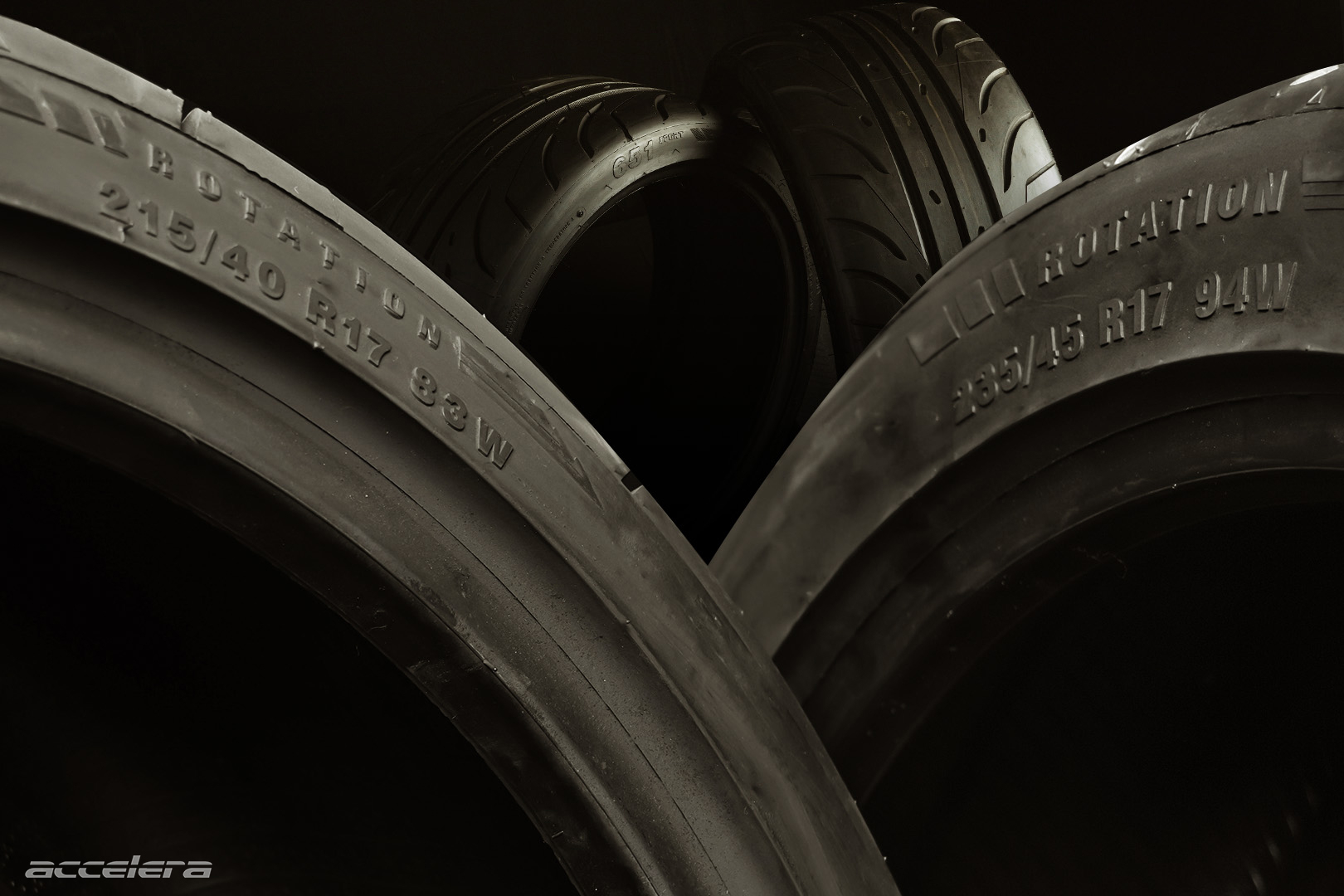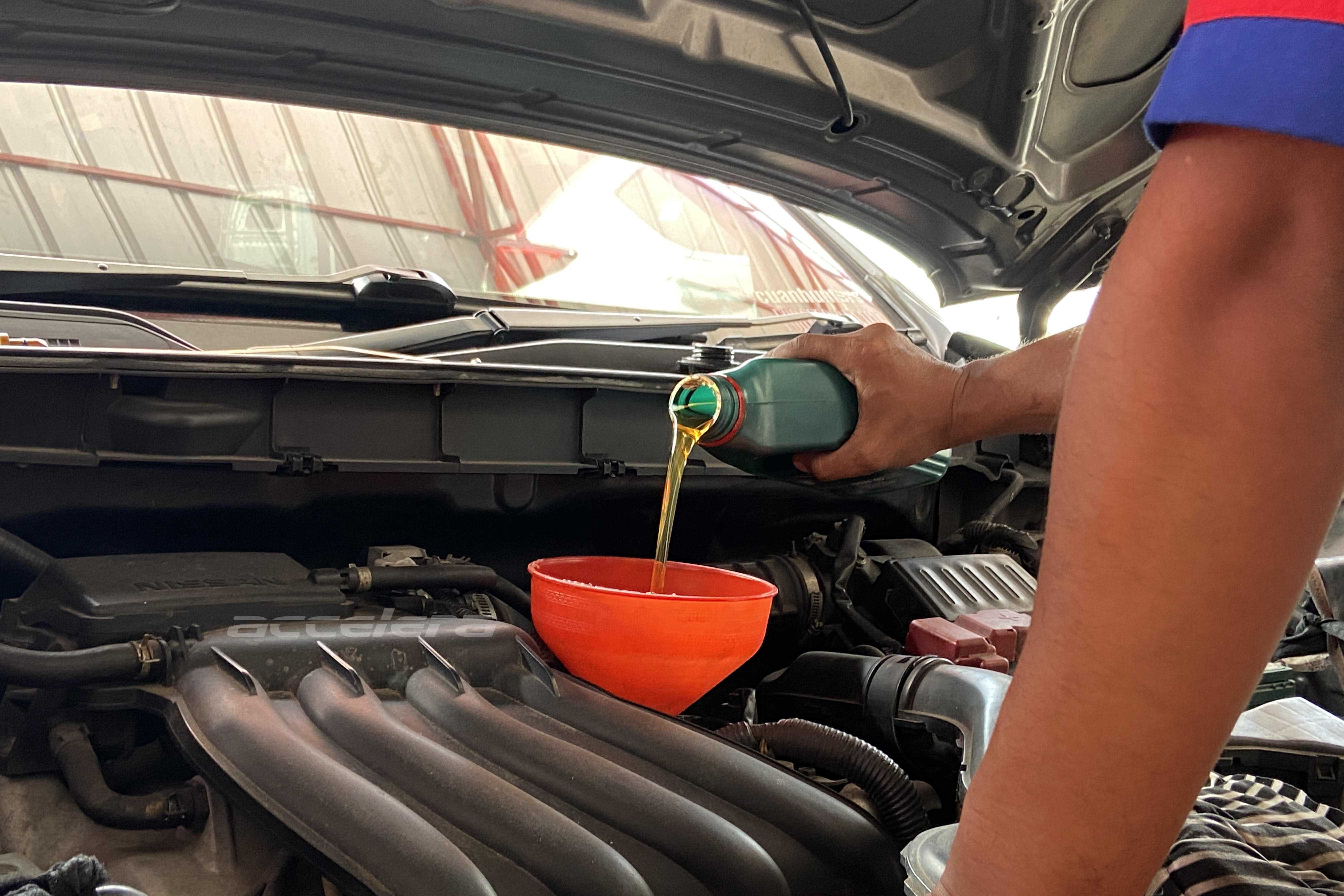How a Dynamo Works: The Secret Behind a Car's Electrical System
If the battery is the "heart" of a vehicle, then the dynamo is its "electrical brain." Without this small but powerful device, many of a car or motorcycle's electronic systems would cease to function, from the lights and horn to the fuel injection system.
Although its operation seems simple, the dynamo plays a crucial role. It ensures that all electrical components continue to receive power, including keeping the battery charged. To better understand how this device works, let's discuss what a dynamo is, its components, and how it operates.
What Is a Dynamo?
Technically, a dynamo is a device that converts mechanical energy into electrical energy. The principle is simple: a coil of wire rotates within a magnetic field (or vice versa). This generates an induced electromotive force (EMF) according to Faraday's Law, which produces an electric voltage.
In the past, the dynamo was the first electric generator used in industry, and to this day, its basic technology is still relied upon for modern vehicle electrical systems.
Main Components of a Dynamo
1. Stator
This part is stationary, but it creates a magnetic field that is the main source of electrical induction. The more wire windings on the stator, the stronger the magnetic field.
2. Rotor
While the stator is stationary, the rotor rotates. This is where mechanical energy is converted into electrical energy. The rotor is usually wound with enameled wire so that it can accommodate long windings without increasing its volume.
3. Brush (Copper Brush)
Its function is to conduct electrical current from the rotor to the vehicle's system. There are usually two brushes, each conducting current and mass. However, if they are not cleaned regularly, crust can cause the current to be interrupted, or even cause the dynamo to stall.
4. Commutator
Shaped like a polygonal ring, it serves to change the direction of the electric current. It also ensures that the torque remains stable and the direction of rotation does not become disordered.
5. Main Shaft
This is the axis that transmits mechanical motion. Because it often operates at high temperatures and high speeds, the main shaft is usually made of rust-resistant aluminum to ensure durability.
6. Bearing
This small but vital component functions as a shaft bearing so that the rotor rotates smoothly without much friction. The material must be low friction so that it is efficient and does not waste energy.
How a Dynamo Works
In short, a dynamo works by converting kinetic energy into electrical energy. When the rotor (coil) rotates between two magnetic poles (stator), an electric current is generated, which is then transmitted through the brush to the vehicle's system.
In AC dynamos, the current generated is alternating because the direction of induction keeps changing. Meanwhile, DC dynamos use a commutator so that the current only flows in one direction, making it more stable for vehicles.
RPM and Alternator Efficiency
It turns out that engine speed, or RPM (Revolutions Per Minute), also has a significant impact. If the RPM is too low, the electrical supply will be weak because the rotor is not spinning fast enough. But if it is too high, the current will be greater, but there is a risk that the engine will overwork and other components such as pistons or valves will wear out quickly.
The key? Keep the RPM at the ideal point. This not only ensures the alternator operates optimally but also makes the engine more fuel-efficient and durable.
Conclusion
The alternator may seem simple, but its role is crucial in keeping the vehicle running. It ensures the battery stays charged and the electronic systems function smoothly. So, don’t underestimate this small component—without it, your car would just be a “statue” on wheels.
Indonesia 🇮🇩
Cara Kerja Dinamo: Rahasia di Balik Sistem Kelistrikan Mobil
Kalau aki bisa dibilang “jantung” kendaraan, maka dinamo adalah “otak listriknya”. Tanpa si kecil bertenaga besar ini, banyak sistem elektronik mobil atau motor bakal mati gaya, mulai dari lampu, klakson, sampai sistem injeksi bahan bakar.
Meski cara kerjanya terkesan sederhana, peran dinamo sangat krusial. Ia yang memastikan semua komponen listrik tetap mendapat suplai daya, termasuk menjaga baterai tetap terisi. Nah, biar makin paham gimana alat ini bekerja, yuk bahas apa itu dinamo, komponen-komponennya, dan bagaimana cara kerjanya.
Apa Itu Dinamo?
Secara teknis, dinamo adalah alat yang mengubah energi mekanis menjadi energi listrik. Prinsipnya simpel: kumparan kawat berputar di dalam medan magnet (atau sebaliknya). Dari situ muncul gaya gerak listrik (GGL) induksi sesuai dengan Hukum Faraday yang menghasilkan tegangan listrik.
Dulu, dinamo merupakan generator listrik pertama yang digunakan di industri, dan sampai sekarang, teknologi dasarnya masih diandalkan untuk sistem kelistrikan kendaraan modern.
Komponen Utama Dinamo
1. Stator
Bagian ini diam, tapi justru menciptakan medan magnet yang jadi sumber utama induksi listrik. Semakin banyak lilitan kawat pada stator, makin kuat juga medan magnetnya.
2. Rotor
Nah, kalau stator diam, rotor justru berputar. Di sinilah energi mekanis diubah jadi energi listrik. Rotor biasanya dililit dengan kawat email agar bisa menampung lilitan panjang tanpa menambah volume.
3. Brush (Sikat Tembaga)
Fungsinya mengalirkan arus listrik dari rotor ke sistem kendaraan. Biasanya ada dua brush yang masing-masing menyalurkan arus dan massa. Tapi, kalau jarang dibersihkan, kerak bisa bikin arus tersendat, bahkan bikin dinamo mogok.
4. Komutator
Bentuknya mirip cincin bersegi yang berfungsi mengubah arah arus listrik. Ia juga memastikan torsi tetap stabil dan arah putaran nggak berantakan.
5. Main Shaft (Poros Utama)
Inilah sumbu yang menyalurkan gerak mekanis. Karena sering bekerja di suhu tinggi dan kecepatan tinggi, biasanya main shaft dibuat dari aluminium anti karat biar tetap tangguh.
6. Bearing
Komponen kecil tapi vital ini berfungsi sebagai bantalan poros agar rotor berputar mulus tanpa banyak gesekan. Materialnya harus low friction supaya efisien dan nggak bikin tenaga terbuang percuma.
Cara Kerja Dinamo
Singkatnya, dinamo bekerja dengan mengubah energi gerak menjadi energi listrik. Saat rotor (kumparan) berputar di antara dua kutub magnet (stator), muncullah arus listrik yang kemudian dialirkan lewat brush ke sistem kendaraan.
Pada dinamo AC, arus yang dihasilkan bersifat bolak-balik karena arah induksi terus berubah. Sedangkan dinamo DC menggunakan komutator supaya arus hanya mengalir ke satu arah, jadi lebih stabil untuk kendaraan.
RPM dan Efisiensi Dinamo
Ternyata, putaran mesin alias RPM (Revolutions Per Minute) juga punya pengaruh besar. Kalau RPM terlalu rendah, suplai listrik bakal lemah karena rotor nggak berputar cukup cepat. Tapi kalau terlalu tinggi, memang arus lebih besar, tapi risikonya mesin bisa overwork dan komponen lain seperti piston atau katup cepat aus.
Kuncinya? Jaga RPM di titik ideal. Selain bikin dinamo bekerja optimal, mesin juga jadi lebih irit bahan bakar dan awet digunakan.
Kesimpulan
Dinamo mungkin terlihat sederhana, tapi perannya besar dalam menjaga kendaraan tetap hidup. Ia memastikan baterai selalu terisi dan sistem elektronik bisa bekerja tanpa hambatan. Jadi, jangan remehkan komponen kecil yang satu ini, karena tanpa dinamo, mobil kamu cuma akan jadi “patung” beroda.






